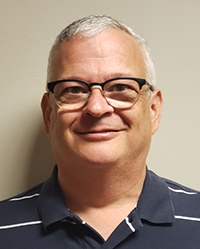
Date
Time
The emergence of difficult-to-treat contaminants in groundwater has increasingly driven municipal water utilities to revisit wells previously taken offline that have elevated nitrate levels. High nitrates in drinking water present health issues for infants as well as adults with compromised systems. Sources that cause increased nitrate levels can include excess fertilizer runoff, septic systems leaching and runoff from feed lots with manure storage.
The traditional approach to nitrate treatment has relied on blending with other low-level water sources, isolating the well or using conventional treatment equipment. The use of conventional treatment technologies, primarily ion exchange or reverse osmosis, has presented several challenges to the design and siting of facilities that include:
- Wastewater discharge volumes
- Brine usage and discharge to sanitary sewers
- Wastewater plant acceptance of discharge streams
While ion exchange and reverse osmosis for nitrate removal have been available for decades, there are several advancements that may eliminate or minimize the issues associated with the installation of a nitrate treatment system.
This presentation will highlight key design factors and considerations, field experiences, performance data and lessons learned from field implementation of new media technologies at multiple community well sites. Topics that will be explored include:
- Qualifying well sites and matching the right technology
- Key parameters affecting performance, design and site layout
- Instrumentation and controls for effective monitoring
- Site design considerations and the permitting process
- Design of a complete system for operational efficiency
Fill out the form on this page to watch a video playback or download the presentation slides.
SPEAKER

Technical Sales Engineer
AdEdge Water Technologies
Chris Savino is a technical sales engineer for AdEdge Water Technologies and has been active in the water and wastewater treatment industry for 30 years. His background has included advancements in groundwater treatment technologies for nitrate removal, and he is a co-author of the “Aerator and Stripping” chapter of the American Water Works Association Water Treatment Plant Design book. Savino has a chemical engineering degree from Worcester Polytechnic Institute and has been involved with process design, system startups, equipment installation and operating services for water treatment equipment.
Sponsored by

